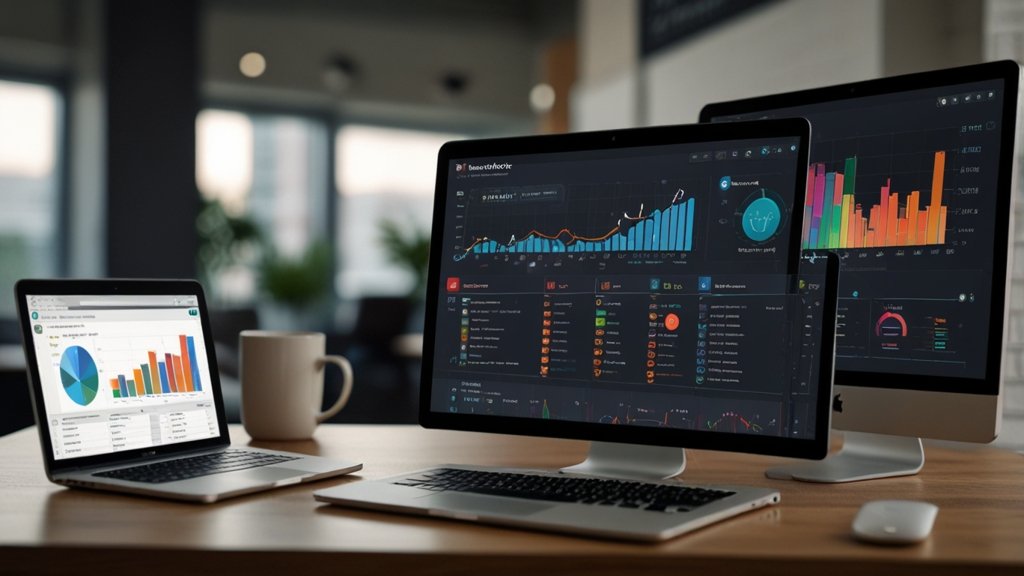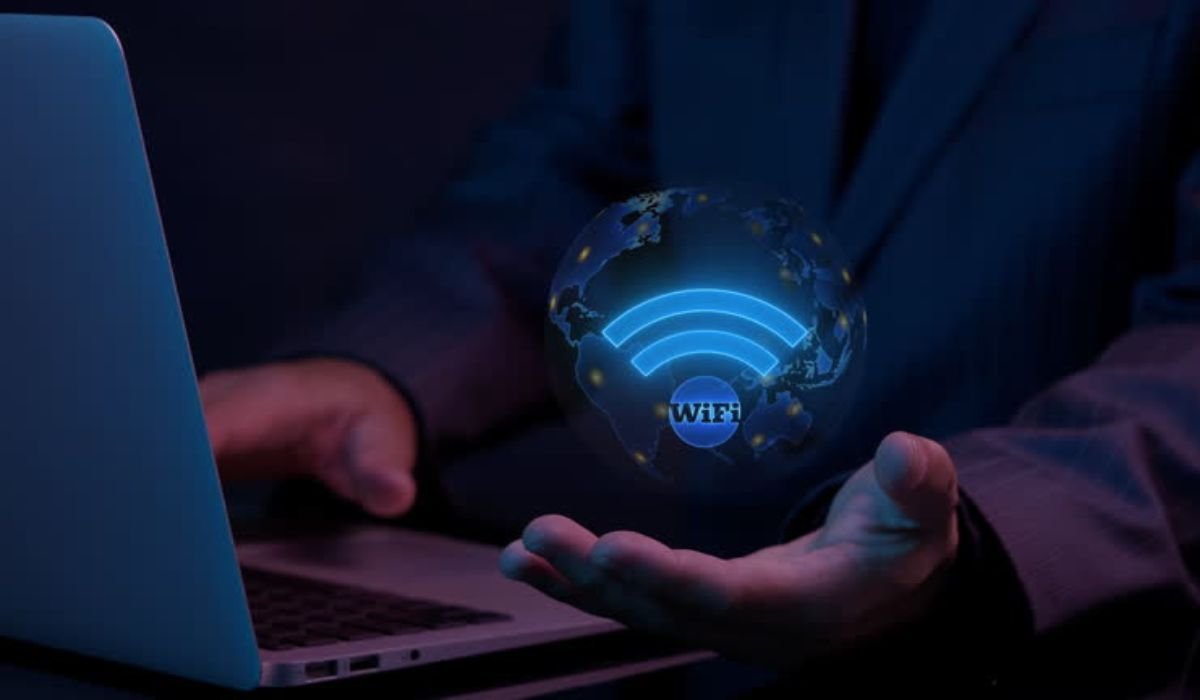Imagine your product isn’t just a solution, but your best salesperson, marketer, and customer success manager—all rolled into one. It effortlessly attracts users, guides them to value, convinces them to upgrade, and even turns them into enthusiastic advocates. Sounds like a dream? It’s the reality powered by PLG Supplies. Forget the crowded marketplace noise; the most potent growth engine might already be sitting in your users’ hands.
PLG Supplies are the essential toolkit—the frameworks, technologies, and strategic practices—that transform your product into its own primary growth driver. Instead of relying solely on costly sales teams or broad marketing blitzes, PLG Supplies empower the product itself to fuel acquisition, expansion, and retention. It’s about engineering experiences so compelling that users naturally progress from discovery to delight, pulling revenue along with them. Think analytics illuminating the user journey, frictionless onboarding, smart trials, viral hooks, and in-app guidance—all working in concert to make value undeniable.
Why Your Growth Strategy Needs PLG Supplies Now
The traditional “sales-led” playbook is creaking under pressure. Buyers are savvier, expect instant value, and resist hard pitches. PLG Supplies offer a fundamentally different, more scalable, and user-aligned approach:
- Slash Acquisition Costs (CAC): Freemium models and free trials lower the barrier to entry, allowing users to experience value before paying. Virality features leverage existing users to attract new ones organically.
- Accelerate Time-to-Value (TTV): Self-service onboarding and intuitive in-product guidance help users find their critical “aha!” moment faster, solidifying retention.
- Build Sustainable Growth Loops: Happy users expand usage, invite colleagues, and provide invaluable feedback, creating a virtuous cycle that fuels itself.
- Align Teams Around the User: Engineering, Product, Marketing, and Customer Success all focus on optimizing the product experience as the core growth lever.
Unpacking the PLG Supplies Toolbox
So, what exactly goes into this essential kit? Let’s break down the core components:
- Deep User Analytics & Product Intelligence:
- The What: Tools that track granular user behavior (feature usage, clicks, paths, drop-off points, engagement levels). Think platforms like Mixpanel, Amplitude, Pendo, or Heap.
- The PLG Power: This is your radar. You can’t optimize what you can’t measure. Analytics identify friction points, pinpoint “aha” moments, reveal expansion signals, and measure feature adoption. They tell you exactly where users succeed or struggle within the product itself.
- Self-Service Onboarding & Activation Flows:
- The What: The guided journey a new user takes from signup to experiencing core value. This includes welcome screens, interactive tutorials, checklists, progress bars, and setup wizards – all automated and user-driven.
- The PLG Power: This is your first impression and critical conversion point. Effective onboarding rapidly gets users to their initial success state without needing a human handhold. It reduces time-to-value dramatically and sets the stage for retention. This is where PLG Supplies shine in eliminating early friction.
- Freemium or Free Trial Mechanisms:
- The What: Offering a permanently free version (Freemium) or a time-limited full-access version (Free Trial) of your product.
- The PLG Power: This is your top-of-funnel magnet. It removes the biggest barrier to entry – payment commitment – allowing users to experience the core value proposition risk-free. It builds trust and leverages the product itself as the ultimate sales pitch. The choice between freemium and trial is a key strategic decision within your PLG Supplies.
- Viral & Referral Features:
- The What: Functionality built into the product that encourages existing users to invite others, share content, or collaborate. Examples: Easy invite flows, collaborative workspaces, shareable outputs, referral rewards.
- The PLG Power: This is your organic growth multiplier. By making sharing intrinsic to the product experience, you turn users into advocates, dramatically lowering CAC and leveraging network effects. This transforms users from consumers into active participants in your growth engine.
- In-Product Messaging & Guidance:
- The What: Contextual prompts, tooltips, modals, banners, and chatbots that appear within the product interface to educate, nudge, and guide users.
- The PLG Power: This is your real-time coach. It proactively surfaces relevant help, highlights new features, prompts upgrades at the right moment, and prevents churn by addressing confusion immediately within the user’s workflow. This component of your PLG Supplies ensures users constantly discover value.
- Frictionless Upgrade & Expansion Paths:
- The What: Making it incredibly easy for users to discover, understand, and purchase higher tiers or additional features within the product. Clear pricing pages, feature comparisons, in-app upgrade prompts, and seamless checkout.
- The PLG Power: This is your monetization engine. When users experience value and want more, the path to giving you money should be effortless. Removing bureaucratic hurdles captures revenue at the peak of user intent. This is where PLG Supplies directly fuel the bottom line.
PLG Supplies vs. Traditional Growth: A Stark Contrast
Let’s visualize the fundamental shift:
| Feature | Traditional Sales-Led Growth | Product-Led Growth (Powered by PLG Supplies) |
|---|---|---|
| Primary Engine | Sales & Marketing Teams | The Product Experience Itself |
| User Entry | Gated Demos, Sales Calls | Freemium, Free Trials, Self-Service Signup |
| Onboarding | Manual, Sales/CSM Led | Automated, Self-Service, In-Product Guidance |
| Value Proof | Sales Pitches, Case Studies | Hands-On Product Experience (Try Before Buy) |
| Expansion Signal | Usage Reports, CSM Outreach | In-Product Behavior Analytics, Usage Data |
| Purchase Path | Negotiation, Contracts, Procurement | Self-Service Upgrades, In-App Purchases |
| Feedback Loop | Quarterly Business Reviews (QBRs), Surveys | Constant, Real-Time User Behavior Data |
| CAC Payback | Often Longer, Higher CAC | Typically Shorter, Lower CAC (Leverages Virality) |
| Scalability | Limited by Sales Team Size | Highly Scalable with Product Usage |
Also Read: How Automation Is Transforming Modern Warehouse Operations
Building Your PLG Supply Chain: Key Implementation Steps
Assembling and deploying your PLG Supplies effectively requires strategy:
- Define Your Core Value & “Aha” Moment: What specific action or outcome delivers undeniable value to the user? This is your North Star. Everything in your PLG Supplies should optimize the path to this moment. (e.g., For Dropbox: First file uploaded & accessible elsewhere. For Slack: First message sent in a team channel).
- Map the User Journey: Chart the path from discovery (signup/trial start) through activation (aha moment), adoption (regular usage), retention (ongoing value), expansion (upgrade/add-ons), and advocacy (referrals). Identify where PLG Supplies (like onboarding flows or upgrade prompts) are most critical at each stage.
- Instrument with Analytics: Choose and implement your product analytics platform. Define key metrics for each journey stage (e.g., Signup Rate, Activation Rate, Time-to-Aha, Feature Adoption Rate, Expansion Rate, Churn Rate). You can’t manage what you don’t measure.
- Design Frictionless Onboarding: Ruthlessly eliminate steps between signup and the aha moment. Use PLG Supplies like interactive checklists, contextual tooltips, and progress tracking to guide users. Pre-fill data where possible. Make the first value hit fast and easy.
- Implement Freemium/Trial Strategy: Decide which model fits your product and market. What features are in the free tier? How long is the trial? Ensure the free experience is compelling enough to demonstrate value but leaves room for paid upgrades. This is a cornerstone of your PLG Supplies strategy.
- Embed Virality & Collaboration: Ask: “How can using this product naturally involve or benefit others?” Build features that encourage sharing, collaboration, or network effects. Make inviting teammates or sharing outputs effortless. Offer incentives if appropriate.
- Activate In-Product Guidance: Use contextual messaging to educate users about features, announce updates, prompt actions (like inviting teammates), suggest upgrades when value thresholds are met, and offer help exactly when and where it’s needed.
- Optimize Monetization Flows: Make pricing crystal clear. Show feature comparisons. Enable easy, self-service upgrades within the app. Reduce payment friction. Use analytics to identify high-intent users for targeted upgrade prompts.
- Foster Cross-Functional Alignment: PLG Supplies require Product, Engineering, Marketing, Sales, and Customer Success to work together, all focused on optimizing the product experience as the growth engine. Break down silos.
Real-World Impact: PLG Supplies in Action
- Slack: Their freemium model is legendary. Easy signup, intuitive onboarding, immediate value through messaging. Virality is baked in – you need teammates to get full value. Clear upgrade paths for more features and history. Their entire growth exploded through the product itself, supercharged by their PLG Supplies.
- Calendly: Scheduling a meeting through someone else using Calendly is the ultimate product-led lead gen. The recipient experiences the value (frictionless scheduling) firsthand, driving them to sign up for their own account. Self-service onboarding makes setup easy. PLG Supplies like viral hooks and seamless onboarding fuel their growth.
- Canva: Empowering users with free, easy design tools leads to viral sharing of creations. Users hit limitations (brand kits, premium templates) naturally within the product, prompting upgrades. Their intuitive interface is the sales pitch. Comprehensive PLG Supplies make complex design accessible and monetizable.
Avoiding Common PLG Supply Pitfalls
- Neglecting the “Free” Experience: Your free tier or trial must deliver real, tangible value. If it feels crippled or useless, it repels users instead of converting them.
- Overcomplicating Onboarding: Too many steps, unclear instructions, or technical hurdles during setup will kill activation rates before users see value. Keep it simple!
- Ignoring User Data: Deploying PLG Supplies without robust analytics is flying blind. You must understand why users behave the way they do to optimize effectively.
- Lack of Cross-Team Buy-in: If Sales fears freemium “cannibalizes” deals, or Engineering isn’t prioritizing PLG features, your initiative stalls. Leadership must champion the PLG mindset.
- Forgetting the Human Touch: PLG doesn’t mean no humans. Complex enterprise deals or struggling users still need support. Use PLG Supplies to qualify and route, not eliminate human interaction entirely.
The Future is Product-Led (Equipped with the Right Supplies)
The shift towards product-led growth isn’t just a trend; it’s a fundamental realignment with how modern users discover, evaluate, and adopt software. They demand instant value, self-sufficiency, and seamless experiences. PLG Supplies are no longer optional extras; they are the essential infrastructure for sustainable, scalable growth in the digital age.
Investing in the right PLG Supplies – the analytics, the onboarding flows, the freemium models, the viral features, and the in-product guidance – empowers your product to become its own unstoppable growth engine. It reduces friction, accelerates value, delights users, and builds businesses that are inherently more efficient and resilient. Stop just selling your product. Start letting your product sell itself.
You May Also Read: Make1M.com: Future of Investing & Wealth Building
FAQs
Q: Is PLG only for B2B SaaS companies?
A: While dominant in B2B SaaS, the core principles apply widely. B2C apps (like Duolingo, Spotify Freemium), marketplaces, and even consumer hardware with companion apps leverage PLG Supplies (self-service setup, in-app value, freemium tiers, sharing features) to drive growth.
Q: Doesn’t Freemium just attract free loaders who never pay?
A: A well-designed freemium model, part of your PLG Supplies, delivers real value in the free tier while strategically placing advanced features, capacity, or collaboration behind paywalls. Analytics help identify users with high conversion potential. The free tier acts as marketing and user acquisition, converting a portion into valuable paid users at low CAC.
Q: How do Sales teams fit into a PLG model?
A: Sales evolves! They focus on high-value, complex opportunities identified through product usage data (expansion signals, enterprise needs). Instead of cold outreach, they engage users already experiencing value, acting as consultants for larger deployments or complex use cases. PLG Supplies provide warm, qualified leads.
Q: What’s the biggest challenge in implementing PLG Supplies?
A: Often, it’s cultural and organizational change. Shifting from a sales/marketing-led mindset to a product-led one requires breaking down silos, aligning incentives, and getting company-wide buy-in on treating the product as the primary growth channel. Securing resources for the necessary tools (analytics, in-app messaging platforms) is also key.
Q: Can established “sales-led” companies transition to PLG?
A: Absolutely, but it’s a significant transformation. It often starts by introducing a freemium or free trial offering, instrumenting the product with analytics, building self-service capabilities, and gradually shifting sales focus to expansion and enterprise. It requires strong leadership commitment and patience.
Q: How do I measure the success of my PLG Supplies strategy?
A: Key metrics include: Product Qualified Leads (PQLs) (users showing buying intent via usage), Activation Rate (% hitting aha moment), Free-to-Paid Conversion Rate, Expansion Revenue (upsells/cross-sells), Net Revenue Retention (NRR), Viral Coefficient (invites per user), and CAC Payback Period. Track these religiously.
Q: Are PLG Supplies expensive to implement?
A: Costs vary. Open-source analytics exist, but robust platforms require investment. In-app messaging tools have tiers. However, the ROI is compelling: significantly lower CAC, faster growth cycles, higher retention (NRR), and improved scalability often outweigh the costs of the essential PLG Supplies tools. Start strategically with core needs.











